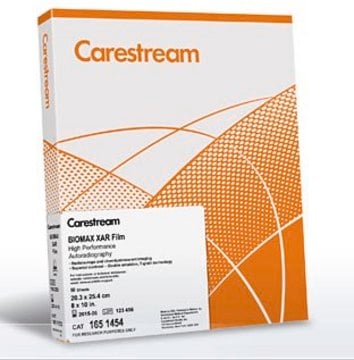Transportation information can be found in Section 14 of the product's (M)SDS.To access the shipping information for this material, use the link on the product detail page for the product.
G7509
GABase from Pseudomonas fluorescens
lyophilized powder, Protein ≥30 % by biuret
Synonym(s):
GABase Enzyme, GABase from Pseudomonas, Pseudomonas GABase
Select a Size
Select a Size
About This Item
Recommended Products
biological source
Pseudomonas fluorescens
Quality Level
Assay
≥30 % (biuret)
form
lyophilized powder
specific activity
≥0.5 units/mg protein
composition
Protein, ≥30% biuret
technique(s)
inhibition assay: suitable
storage temp.
−20°C
General description
Application
Biochem/physiol Actions
Unit Definition
Physical form
Storage Class Code
11 - Combustible Solids
WGK
WGK 3
Flash Point(F)
Not applicable
Flash Point(C)
Not applicable
Personal Protective Equipment
Choose from one of the most recent versions:
Certificates of Analysis (COA)
Don't see the Right Version?
If you require a particular version, you can look up a specific certificate by the Lot or Batch number.
Already Own This Product?
Find documentation for the products that you have recently purchased in the Document Library.
Customers Also Viewed
-
What is the Department of Transportation shipping information for this product?
1 answer-
Helpful?
-
-
How do I solubilize Product No. G7509, GABase from Pseudomonas fluorescens?
1 answer-
Sigma recommends to dissolve the product with 75 mM phosphate buffer, pH 7.2, containing 25% (v/v) glycerol to a concentration of 2-5 units per mL. Keep the solution in an ice bath while using and store solution frozen. This solution may be stored frozen and thawed several times with only slight loss of activity.
Helpful?
-
-
Are there any literature references that cite use of the Product No. G7509, GABase from Pseudomonas fluorescens?
1 answer-
The product is cited in the reference Sulaimana, Saba A.J., et al., J of Enz Inhib and Med Chem. 18(4), 297-301 (2003).
Helpful?
-
-
What is the shelf life of the Product No.G7509, GABase from Pseudomonas fluorescens?
1 answer-
Sigma recommends retesting the product 3 years after its release date. The retest date will appear on the lot specific Certificate of Analysis for the product.
Helpful?
-
Active Filters
Our team of scientists has experience in all areas of research including Life Science, Material Science, Chemical Synthesis, Chromatography, Analytical and many others.
Contact Technical Service










